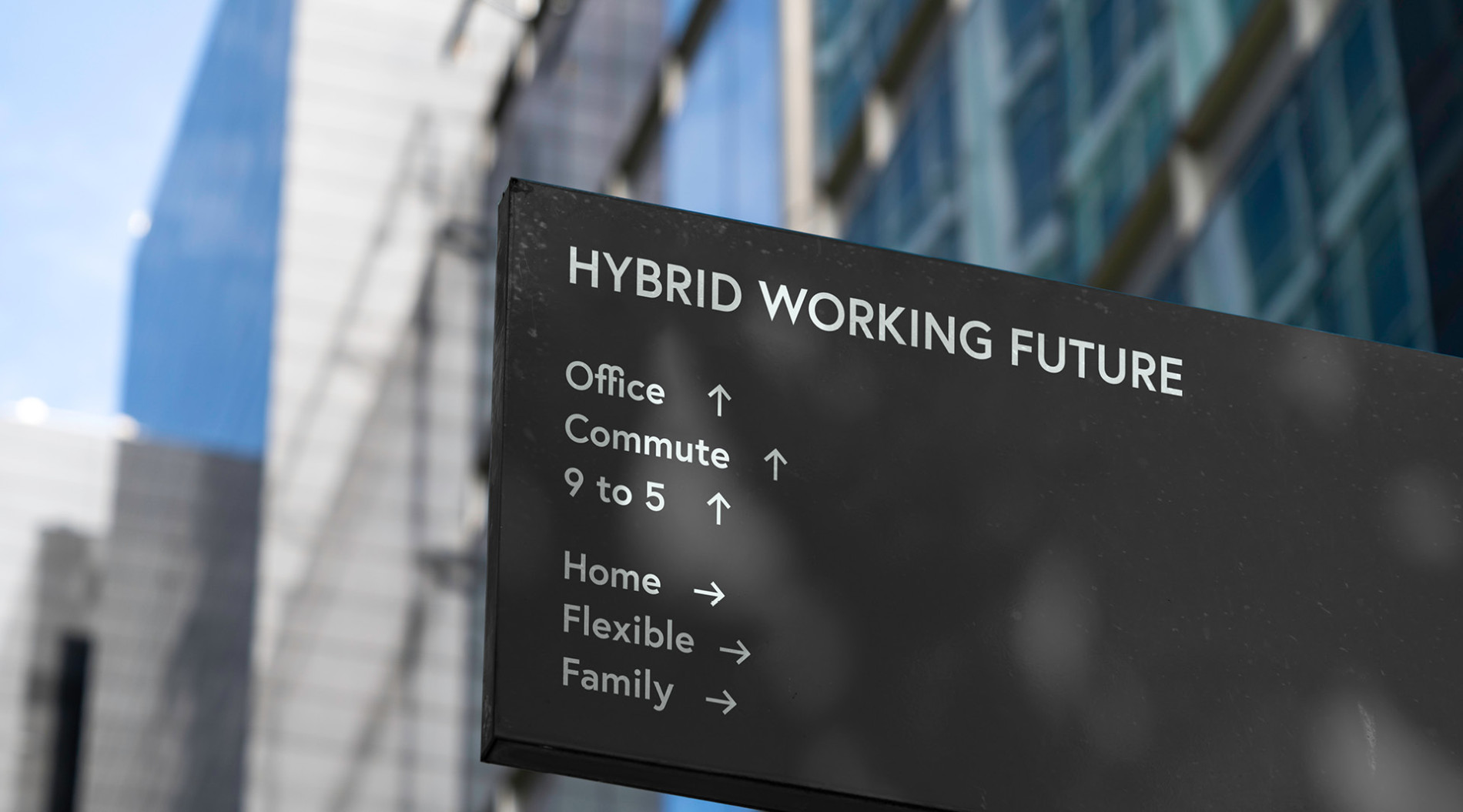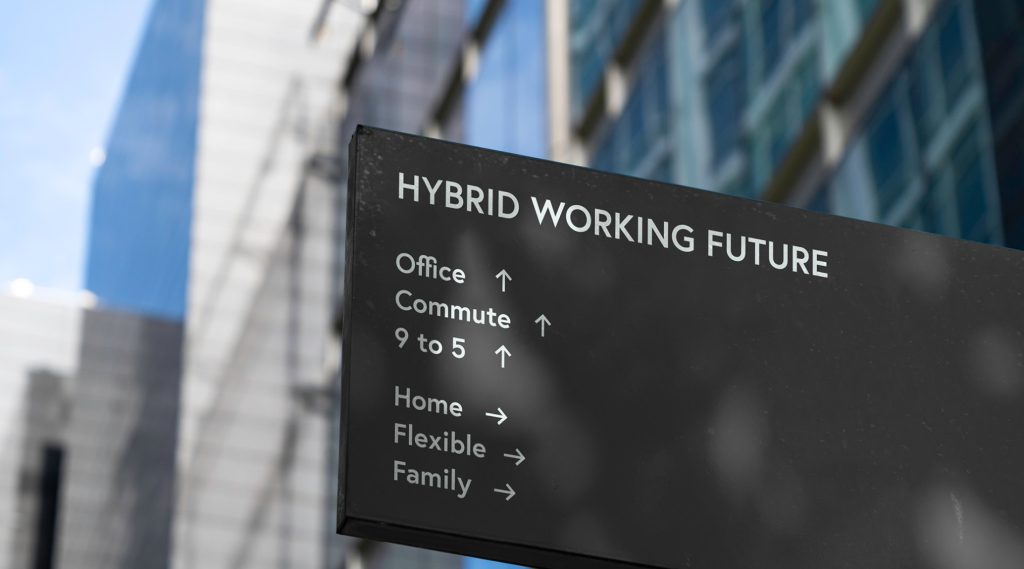Attract, Engage, Retain: Reskilling and Upskilling as Key Strategies for Talent Management
Which option makes more sense?
Striving to attract and onboard, at vast expense of time and money, new employees with the skills you need?
Or reskilling and upskilling the committed and knowledgeable talent you already have, instead of incurring the costs and risks of redundancies?
It’s clear that opting for reskilling and upskilling is the winner. Internal talent mobility and upskilling were at the top of the list created by technological research and consulting firm, Gartner, when identifying nine trends that will shape the future workforce. Digital transformation – involving AI, data analytics, automation, and other emerging technologies – is accelerating the need for equipping existing employees with the skills they need to adapt and succeed. Meanwhile, career development and learning opportunities within an organisation are now a routine expectation for both new candidates and existing talent in a tight employment market.
Upskilling – equipping workers with better skills to perform their existing jobs – and reskilling – giving them the ability to advance their careers and serve the changing needs of the organisation – deliver tangible advantages, and can be successfully implemented in your organisation.
Reskilling and upskilling bring significant benefits
Every organisation needs talented staff to achieve its growth objectives and stay competitive in a rapidly evolving business environment. Prioritising reskilling and upskilling is an investment that can yield significant returns in a number of ways.
Future-proofing the workforce
The future of work is unpredictable. A study by Dell Technologies concluded that 85% of jobs that would exist in 2030 hadn’t yet been invented in 2018. The World Economic Forum Future of Jobs Report 2023 says that 44% of workers’ skills will be disrupted in the next five years, and 60% of workers will require training before 2027. Automation, AI and other technological changes are creating entirely new categories of jobs while making others obsolete.
By proactively reskilling and upskilling their workforce, businesses can prepare for these shifts and ensure they have the talent they need to succeed in the future. Creating a culture of continuous learning is one of the best strategies for future-proofing the workforce.
Employee engagement and talent retention
If you are not providing your employees with a way to keep up with the ruthless pace of technological development, they will look for an employer who does, leaving you with talent acquisition and onboarding costs. But employees who see their company investing in their career growth are far more likely to experience job satisfaction and engagement. This contributes to the creation of a culture of learning, a sense of loyalty to the company, a positive work environment and increased talent retention rates.
Enhanced talent acquisition
How good would it be, in the current red-hot competition for talent, to be at the top of a list of desirable employers? A recent Gallup poll in the US found that upskilling is becoming a sought-after employee benefit and powerful talent attraction tool for employers during the current labour shortage. It revealed that 65% of workers believe employer-provided upskilling is very important when evaluating a potential new job. You can differentiate your organisation by providing continuous upskilling and reskilling and emphasising it in your recruitment advertising, aiming to become an employer of choice for individuals seeking long-term career prospects.
Improved productivity and performance
Employees who acquire new knowledge and skills are better able to perform their tasks and become more efficient and productive. This can involve training not only in new technologies, but also in soft skills like communication, teamwork and problem solving. The result will drive innovation, improve product and service quality, and contribute to business competitiveness and success.
Cost savings
Talent acquisition and onboarding can be expensive and time-consuming. The HR Director, an independent resource for HR practitioners, quotes recent research revealing that, if the salary stays the same for the upskilled employee or a new hire, organisations choosing to upskill rather than replace could save between 70% and 92% of the replacement cost.
How to implement reskilling and upskilling programs
Knowing that upskilling and reskilling the workforce is a vital strategy for your organisation’s talent acquisition and talent retention is just a first step. The next stage is to actually implement an effective reskilling and upskilling program. Here’s how to go about it.
1. Identify skills gaps
Start by assessing your workforce’s current skills, based on job analyses, performance reviews, discussions with team leaders, employee surveys, and information about future trends in your industry and the broader economy. This comprehensive assessment of current and future skill requirements can identify areas with skills shortages or skills at risk of becoming outdated.
2. Develop a strategic plan
Now develop a plan, which aligns with your overall business strategy, for addressing the gaps you’ve identified. This should include:
- Goals. List the specific skills to be acquired or improved.
- Timeline. Set a realistic timeline for employees to learn new skills.
- Resources. Fix a budget, and allocate instructors, materials and learning platforms.
3. Offer diverse learning opportunities
Design a range of learning opportunities to cater for individuals’ different learning styles, paces and preferences. Possibilities include online courses, workshops, external courses, on-the-job training and mentorship programs. Content should be engaging and relevant, and fit around employees’ work schedules.
4. Encourage continuous learning
Foster a culture of lifelong learning by regularly communicating the importance of upskilling and reskilling, recognising and rewarding employees who engage in learning activities, and integrating learning into career development plans. Allow employees to take ownership of their professional growth by learning at their own pace and within their schedules, and encourage leaders to set an example by taking on new skills and tasks outside their comfort zones.
5. Measure and evaluate success
Track the effectiveness of your program via performance reviews, discussions with team leaders, employee surveys around satisfaction with their training, and measuring of key business metrics that the training is meant to impact. Use the data you collect to continually refine and improve your program, adopting the perspective that your employees are what workforce management firm LHH describes as ‘renewable not replaceable’.
Invest in skills growth and development for long-term success in the ever-changing job market
Reskilling and upskilling programs are essential for meeting the evolving skills demand, addressing the need to engage and retain talent, and improving productivity. They will enable future-proofing the workforce at a lower cost than hiring and onboarding new talent, but will also prove attractive to job applicants in situations where a new hire is your only alternative.
You can go it alone by adopting the recommended steps – identify skill gaps, develop a strategic plan, offer diverse learning opportunities, encourage continuous learning, and measure success – but you can also call on the experts at Adecco as your recruitment partners. Get in touch to find out the many ways in which they can help.











